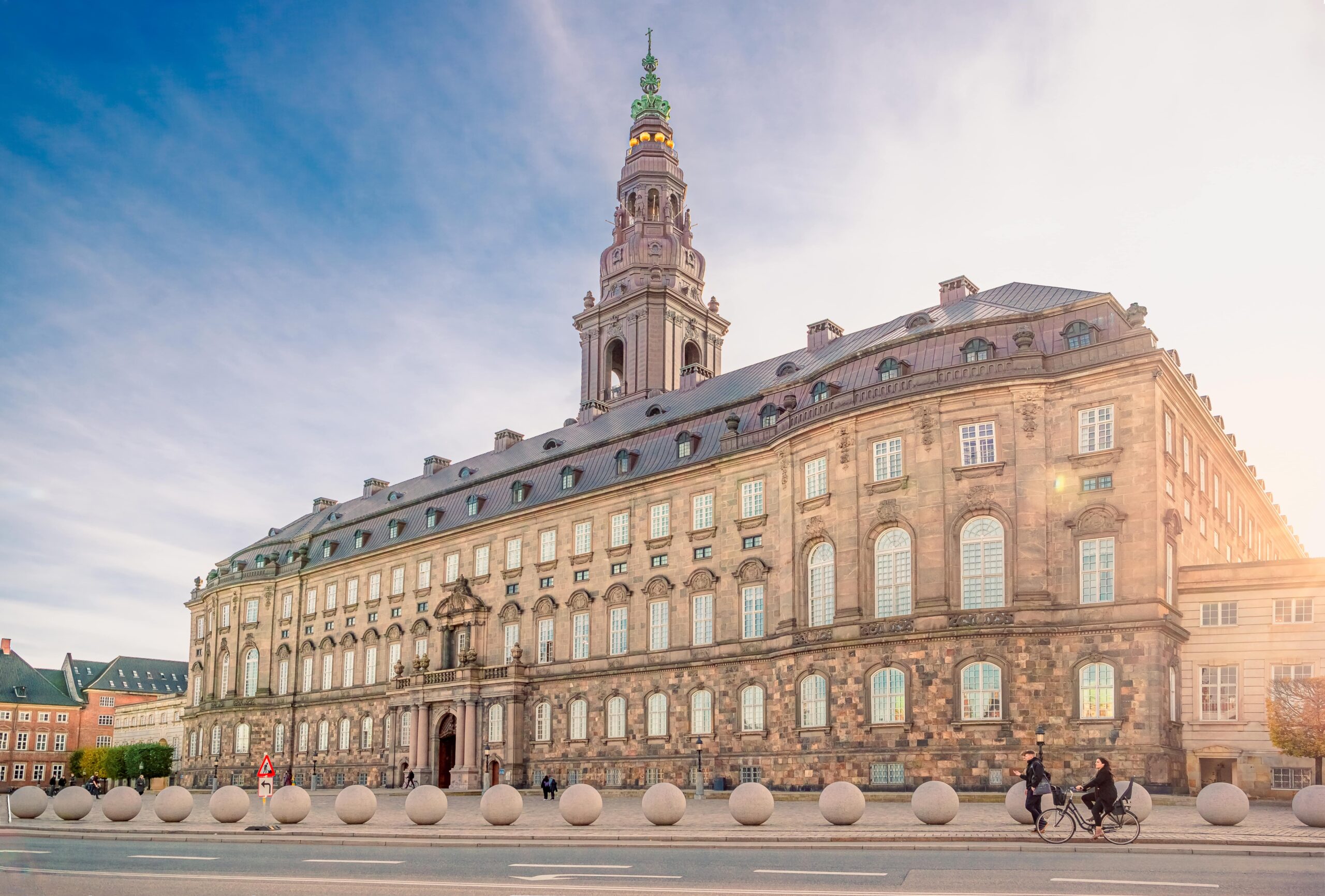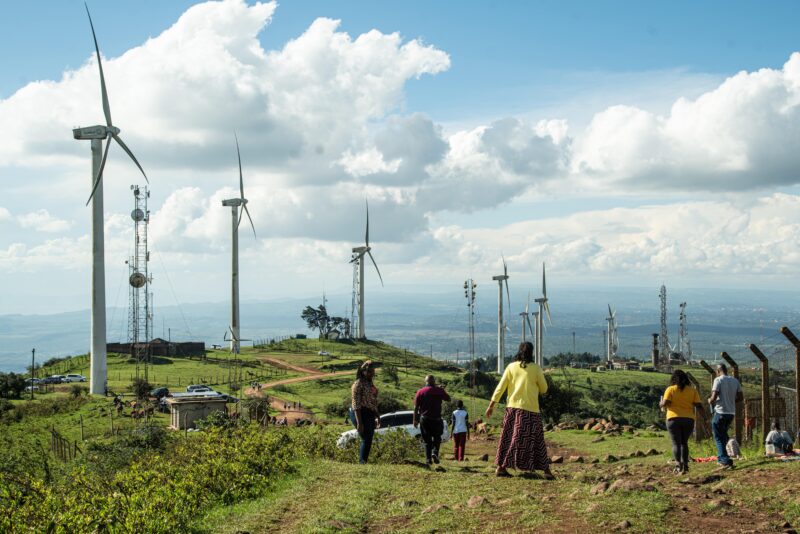News
Policy frameworks
Carbon capture, storage and utilisation
District energy
+3
From goals to action: Denmark presents plan to reach climate targets


The Danish Government have presented a climate programme named klimaprogram 2024, outlining initiatives and concert actions to achieve Denmark’s 2030 target of a 70% reduction in greenhouse gas emissions. The plan introduces a series of critical measures to help ensure the country stays on course towards reaching its climate goals.
Looking ahead: Climate goals for 2035 and 2040
As Denmark nears its 2025 and 2030 climate milestones, the country is preparing for its next challenge—setting a new climate target for 2035. According to Denmark’s Climate Law, the 2035 target will be set by 2025 and will reflect a new reality where the energy sector is largely green, and the focus shifts towards decarbonising other sectors, notably transport and agriculture.
This forward-thinking approach extends to the European level as well. Denmark strongly supports an EU-wide climate goal of at least a 90% reduction by 2040, aligning with broader European efforts to combat climate change and reduce emissions across sectors.
KP24: A comprehensive approach
The national climate programme highlights Denmark’s multi-faceted strategy to meet its 2030 climate goals. The program includes:
- The implementation of a high CO2 tax for industries starts in 2025, with full enforcement by 2030.
- An increase in the diesel tax and significant financial support for the green transition of the transport sector.
- Investments in CCS technologies to capture and store CO2 from power plants, with the potential to significantly reduce emissions from heavy industries.
- A substantial push to phase out oil and gas heating systems by 2035, supported by DKK 1 billion allocated to helping households switch to district heating or other renewable sources.
Building momentum towards 2030
While the path ahead presents challenges, Denmark’s climate program demonstrates the country’s unwavering commitment to a sustainable future. As Denmark’s Climate, Energy, and Supply, Lars Aagaard aptly put it:
“We can now present a roadmap that shows how every sector will contribute to Denmark reaching its 2030 goals. But the journey is far from over—it is time to translate these political agreements into concrete climate action.”
Denmark’s green transition is not just a national goal but part of a larger European and global effort. The comprehensive and ambitious Klimaprogram 2024 is a testament to Denmark’s commitment to be a frontrunner in the green transition, demonstrating that decisive action today will lead to a cleaner, greener tomorrow.
For more information, you can access the full Klimaprogram 2024 here and the Klimapjece 2024 here (both in Danish).
You should consider reading
solutions
Combined heat and power production
+6
CopenHill: The story of the iconic waste-to-energy plant
20 November 2024solutions
Energy efficiency in buildings
+2















